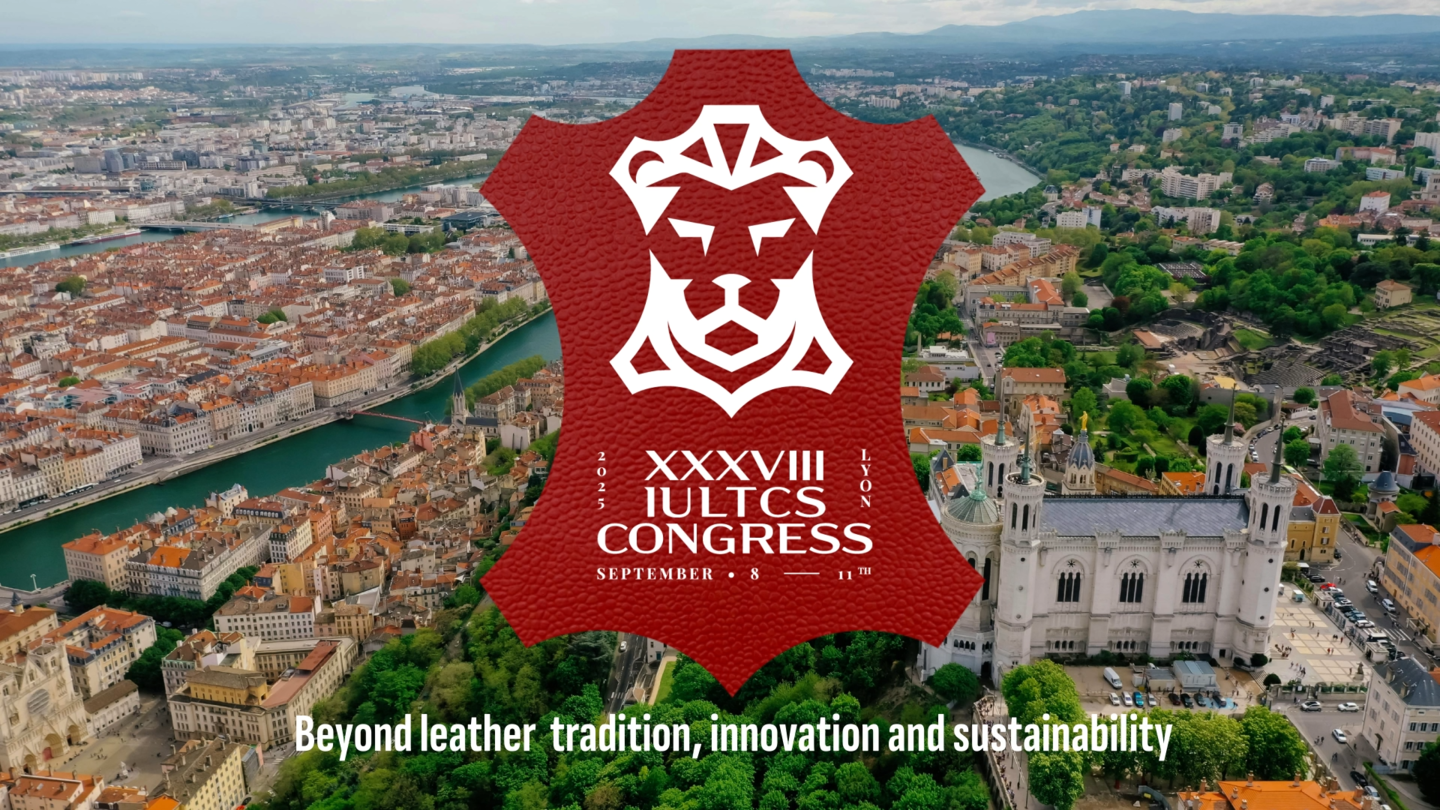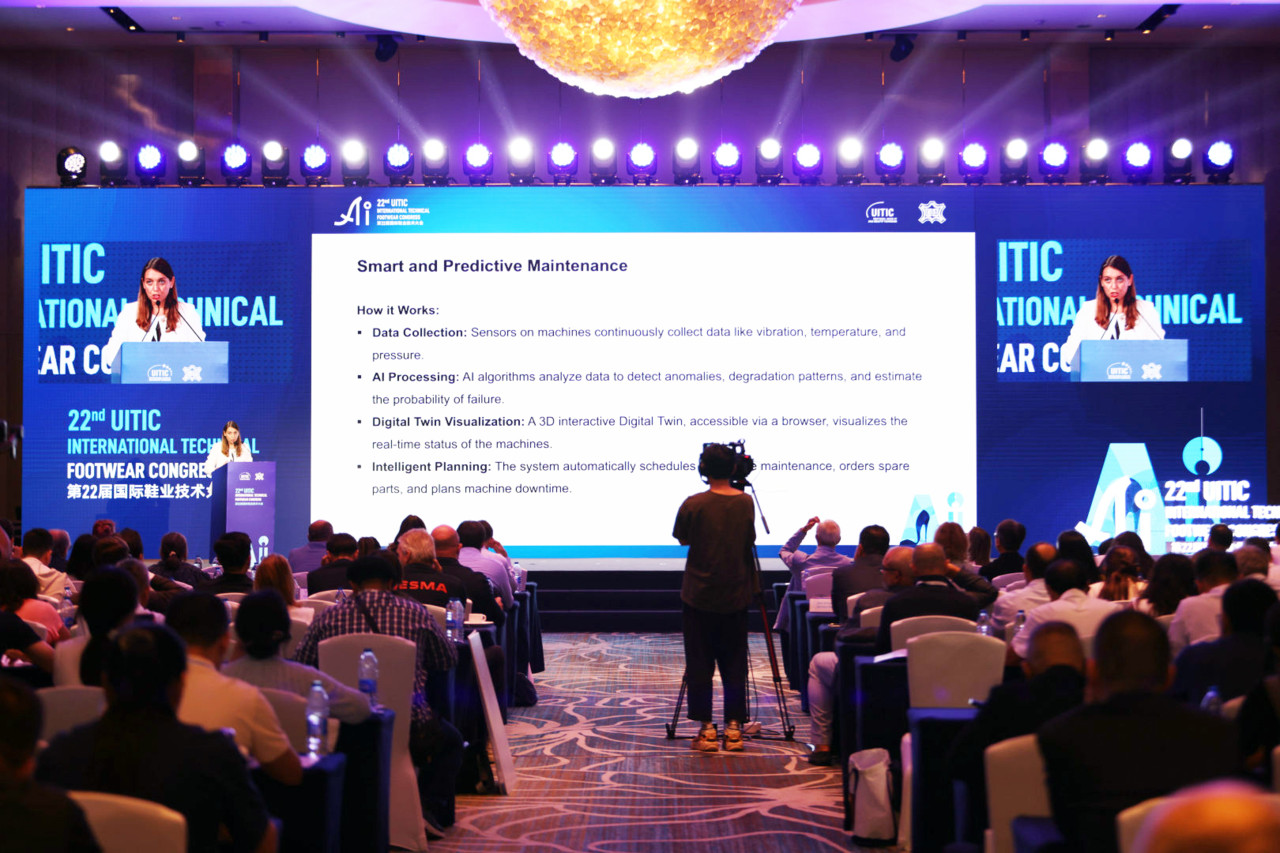
Geoff Holmes appointed new IULTCS President for 2026–2027
The Director of the New Zealand Leather and Shoe Research Association has been appointed to head the international association of leather chemists (LASRA)
Keep reading...
September 2025

From September 9 to 11, international leather chemists gathered to share and discuss the latest advances in the scientific world.
Two hundred and twenty delegates from twenty countries gathered in Lyon from September 9 to 11 to participate in the 38th IULTCS Congress, entitled “Beyond leather tradition, innovation & sustainability”.
The host was Congress President Jean-Pierre Gualino, accompanied by IULTCS President Joan Carles Castell and President of the Association of French Chemists (AFICTIC) Thierry Poncet.
This time organized by the French, the congress is as usual the culmination of the activity of IULTCS, the international association of tanning chemists, whose mission is to promote and share the results of research in the sector. This edition saw the presentation of some fifty technical-scientific reports (plus 70 poster presentations) divided into nine working sessions dedicated to: from traceability to beamhouse, chrome and chrome-free tanning, metal-free alternatives, retanning, post-tanning, finishing, innovation, and sustainability.
Dietrich Tegtmeyer, a renowned expert in the field and past president of IULTCS, opened the proceedings with the traditional ‘Heidemann Lecture’ dedicated to the importance of collagen. It was a thought-provoking presentation in which the German expert highlighted the need to develop innovation in the field of recycling tanning by-products, which are rich in collagen and have an estimated market potential of around $680 million.
The presentations that followed over the three days in Lyon offered a good snapshot of the direction of research in the sector, driven by increasingly restrictive regulations and consequent and increasingly burdensome market demands. In general, the topics discussed highlighted the efforts of the chemical tanning industry in researching and experimenting with innovative tanning agents and developing finishing products obtained from renewable and bio-based resources. Also of great interest were the ecodesign and LCA studies of leather, which provide scientific data that is essential both for improving the efficiency of the process itself and for communicating the progress made to the market and thus being able to compare it with the alternatives available on the market.
In terms of the origin of the research, Lyon saw massive participation by Chinese researchers from universities across the country. At the European level, Italy dominated with a dozen research projects (five of which were from the Italian Leather Research Institute, the others from members of the Association of Italian Chemists-AICC working in major companies in the sector), followed by Germany, France, and the United Kingdom. The Indian research world was also well represented with five projects and numerous delegates.
The audience included representatives from the French leather goods industry, while several observers noted the low participation of tanneries, a gap that should possibly be filled in the future to give greater weight to the event itself and to the interactions between delegates.
From Lyon to León
As usual, the event closed with the announcement of the venue for the next international meeting of leather chemists: the city of León, Mexico, will host the 39th IULTCS CONGRESS 2027 in two years’ time. The event will be hosted by the Mexican Association of Leather Technologists and Chemists (AQTCL) and will focus on challenges and opportunities in leather production within the important automotive leather center of León.

The Director of the New Zealand Leather and Shoe Research Association has been appointed to head the international association of leather chemists (LASRA)
Keep reading...
At the 22nd UITIC (International Union of Shoe Industry Technicians) Congress in Shanghai, Assomac presented its new modular and interoperable digital ecosystem.
Keep reading...
With €46 million in imports and an Italian share of over 42%, the African market for leather and footwear technology continues to be a strategic growth area. To further strengthen it, Assomac and Simac Tanning Tech are building commercial and industrial bridges from Senegal to Ethiopia.
Keep reading...You must login to read this free content
This content requires a subscription to view. Are you already a subscriber? Sign in